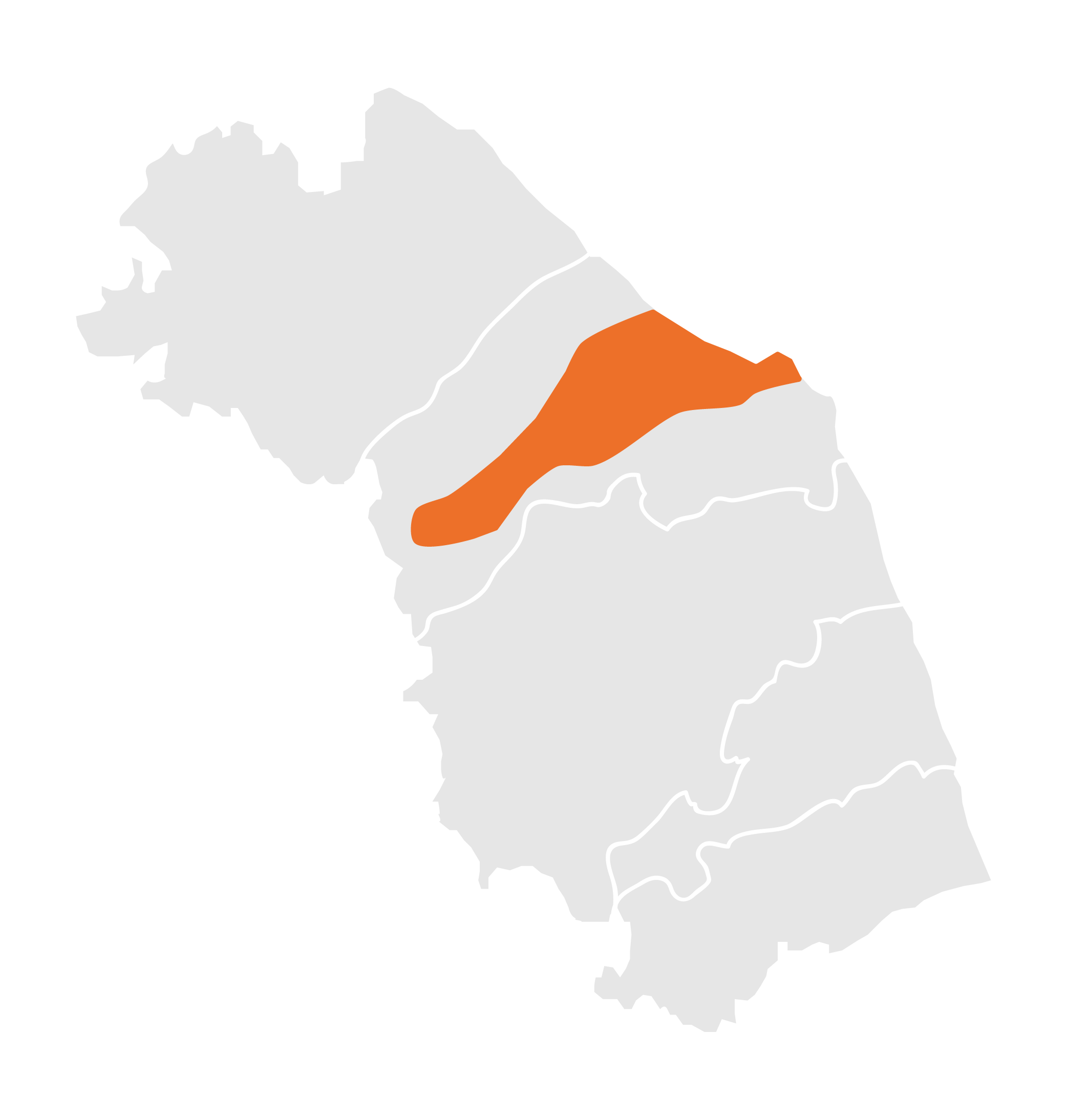
The ancient town of Sentinum rose on a plateau at the confluence of the Sentino River with its tributaries, less than 1 kilometer from today's Sassoferrato. Famous for being the scenario of the Battle of the Nations in 295 BC, which led to the Roman colonization of the Middle Adriatic, in 41 BC the city was destroyed during the clash between Marc Antony and Octavian, known as the Perugia War. Rebuilt and expanded, the city was delimited by a wall with circular turrets, datable to the Augustan era. Visiting the archaeological park, one can easily recognize the antique urban system arranged along perpendicular (decumanus and cardus) paved roads flanked by sidewalks; below the streets are the traces of an early Imperial Age sewer system. Of great importance are the baths, of which remain visible the swimming pool, the calidarium, the frigidarium and a large apsed hall decorated with polychrome marble. There are also the remains of environments pertaining to a bronze workshop, a glass-working furnace, and numerous homes. Outside the city wall, in Santa Lucia, there is a large building, characterized by the presence of vast bath environments, perhaps used for the reception of travelers. This structure, built in the 1st c. AD, remained in use until the beginning of the 5th c. AD. Between the 8th and 10th centuries AD, the city was abandoned and in 1150 the castle of Sassoferrato was built on a nearby hill. There are many archaeological finds from the ancient city of Sentinum, among the most famous being the Aion polychrome mosaic, now preserved in Munich. Other materials are kept in the Civic Archaeological Museum of Sassoferrato.
We have found no place to eat in the vicinity
We have found no place to sleep in the vicinity
Da sempre luogo di incontro di varie culture, l’Ager Gallicus è il territorio marchigiano compreso tra l’Esino e il confine settentrionale della regione, così denominato dai romani in quanto occupato sin dalla fine del IV sec. a.C. dalla tribù celtica dei Galli Senoni. In questo contesto nel 295 a.C. si consumò una delle battaglie fondamentali della storia romana, avvenuta a Sentinum, che ha determinato le sorti dell’occupazione romana fino alla costa adriatica. Attraverso i siti e i Musei Archeologici di questi territorio verrete a contatto con le diverse civiltà che vi hanno convissuto intrecciando stretti legami culturali e mercantili.

|
Address | SP16, Località Santa Lucia Sassoferrato |

|
Phone Number | 0732 956257 / 333 7301732 (IAT Sassoferrato) |

|
Opening Time | Dal 1 al 31 Maggio: sabato e domenica dalle ore 10.00 alle 13.00 e dalle 15.00 alle 18.00. Dal 1 Giugno al 15 Settembre: dalle ore 10.00 alle 13.00 e dalle 15.00 alle 18.00 (Lunedi Chiuso) Dal 15 Settembre al 1 Maggio: su prenotazione. Aperto la domenica di Pasqua e il Lunedì di Pasquetta: dalle ore 10.00 alle 13.00 e dalle 15.00 alle 18.00. |

|
Visit Time | 1 ora e 15 min |

|
Entrance Fee | Visita libera/con accompagnatore: int.€ 3,00; rid.€ 2,00*. *Tariffa rid.: bambini 7-14 anni di età; Gruppi <15 persone. Omaggio: Bambini 0-6 anni; Disabile NON autosufficiente; Accompagnatori gruppi; Insegnanti/ricercatori/studenti. Residenti: Tariffa ordinaria; Biglietto timbrato con validtà 1 anno |

|
Reservation Required | Obbligatoria dal 15 Settembre al 1 Maggio. Contatti: 0732 956257 / 333 7301732 (IAT Sassoferrato) |

|
Viabilities | Flaminia |

|
Bookshop | si |

|
Free Guided Tour | sì dal 2 Maggio al 14 settembre |

|
Guided Tour | Disponibili ITALIANO/INGLESE. Dal 15 Settembre al 1 Maggio: costo 30,00. |

|
Parking | si |

|
Disabled Accessibility | si |

|
Audioguide | no |

|
Didactic Rooms | si |

|
Conference room | si |

|
English language | si |

|
Public Transport | no |

|
Family Services | zona ristoro |
